There are no such breeds as tea cup or micro pigs so please stop falling for the scam! In the last 15 years or so we’ve seen a massive influx of so-called “mini pigs” which not long after purchase from shady breeders ended up in desperate need of re-homing. As a result, the RASTA Sanctuary has rescued well over 100 of these former pets that literally had nowhere else to go. Faced with certain death, the RASTA Sanctuary was the only hope for these grossly exploited animals for well over a decade. The excuses for not being able to keep their pet pigs were, and continue to be the same; “we had no idea they would get so big”, “the breeder guaranteed us she would stay small”, “we didn’t think he would be more than 50lbs.”, “she’s supposed to be a micro mini” (there’s no such breed!)“we didn’t realize they were so much work”, “we had no idea how destructive they are”, “we didn’t know we’re not allowed to have them in the city”…etc.
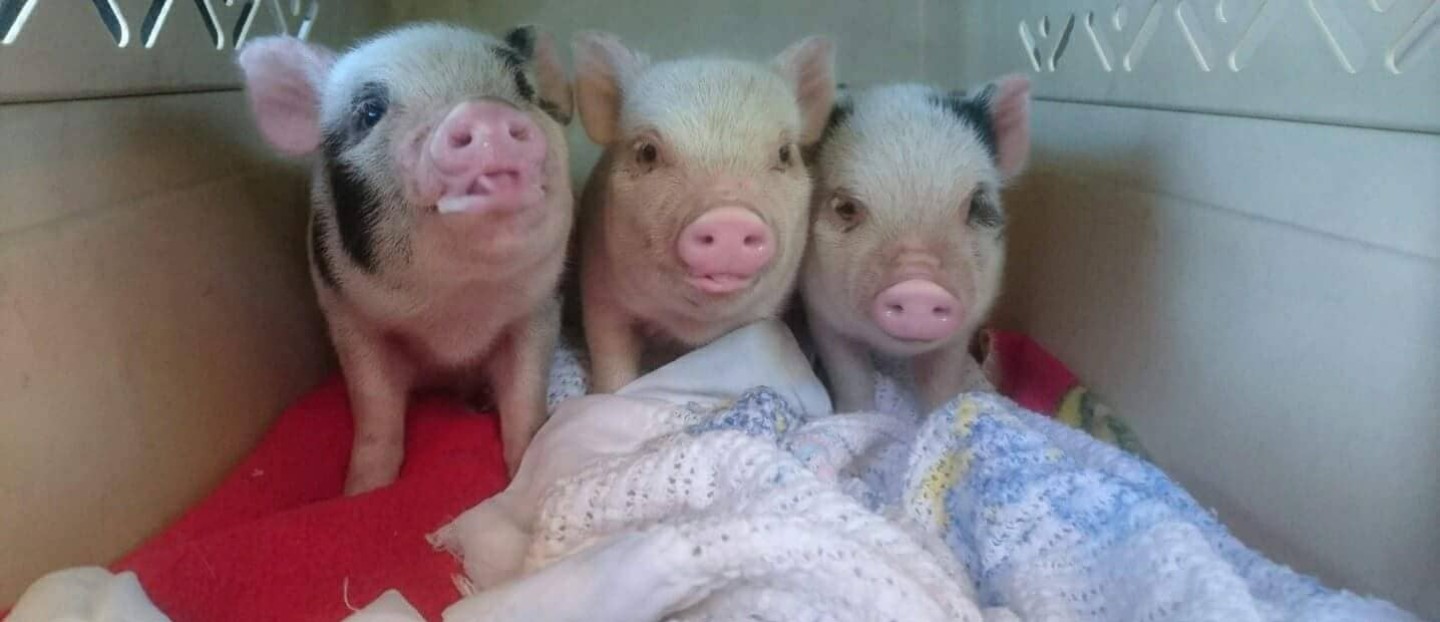
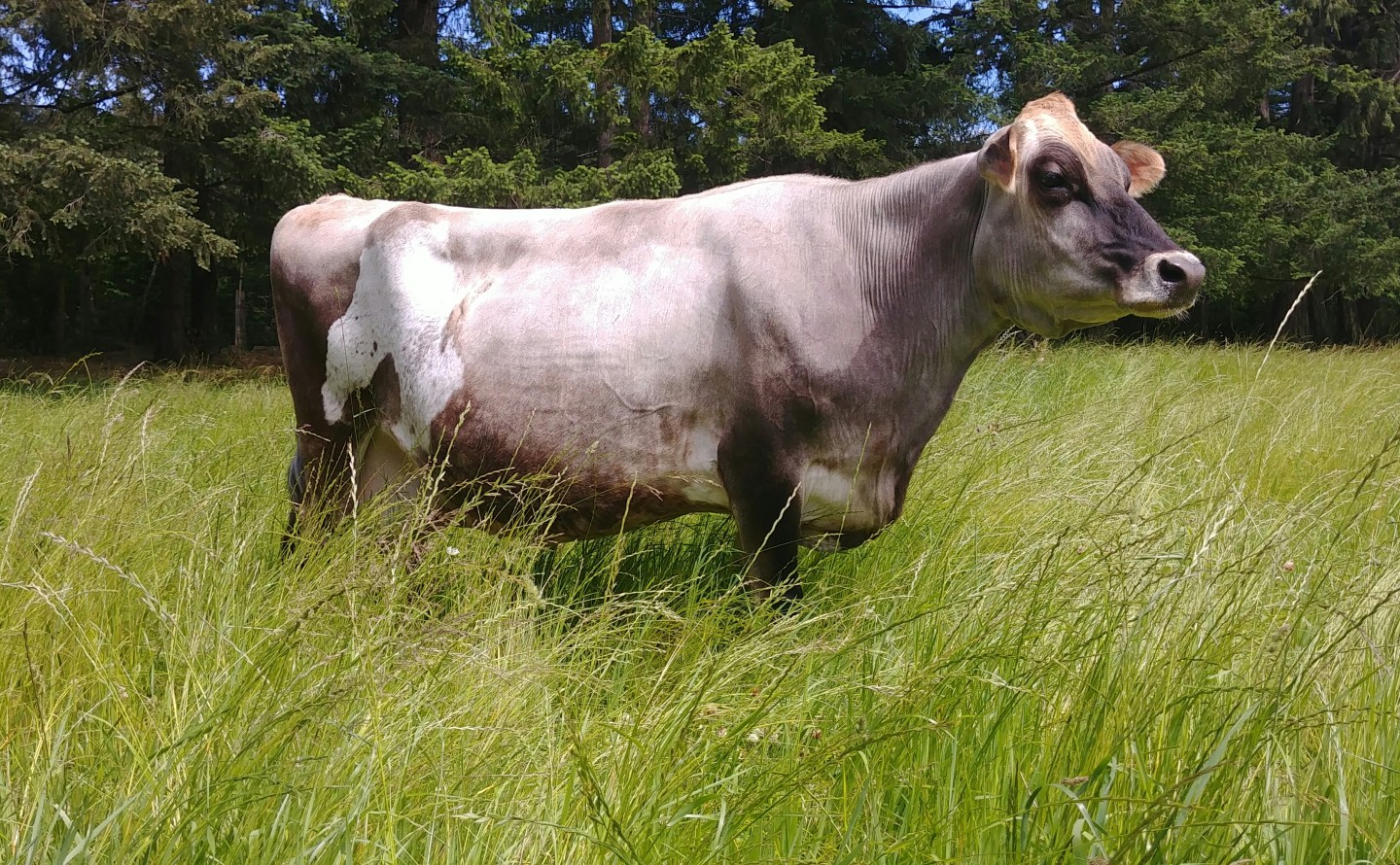
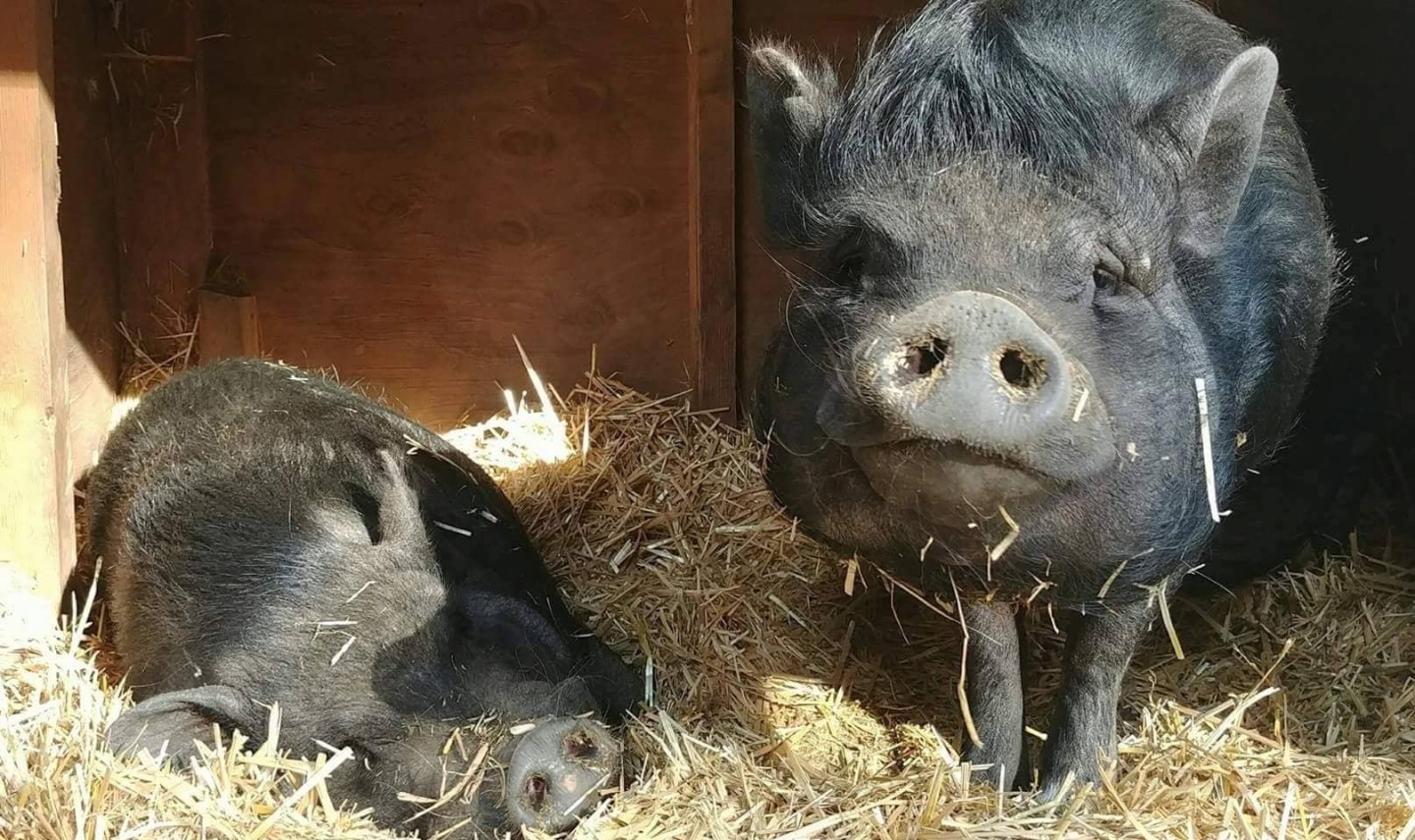
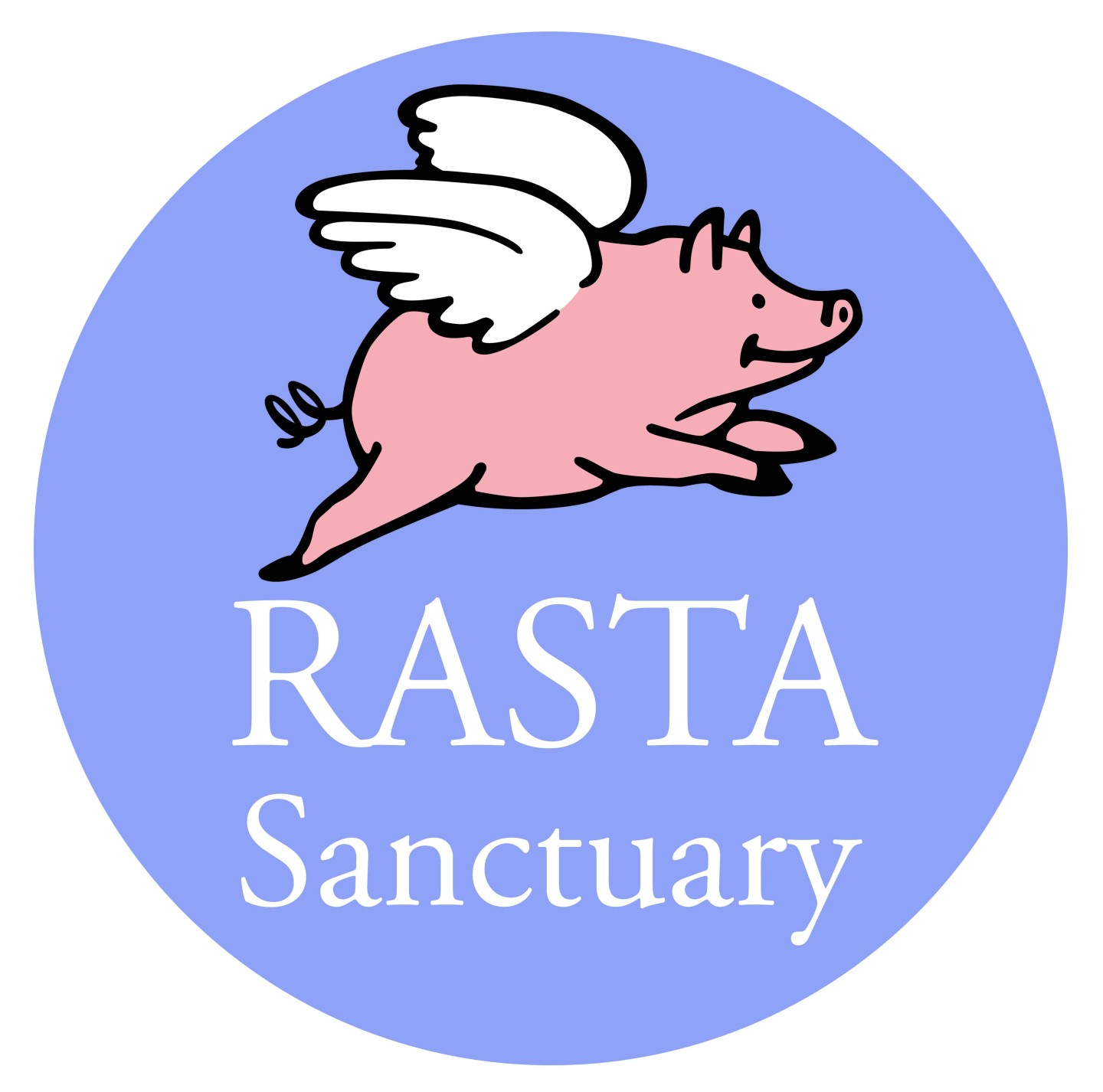
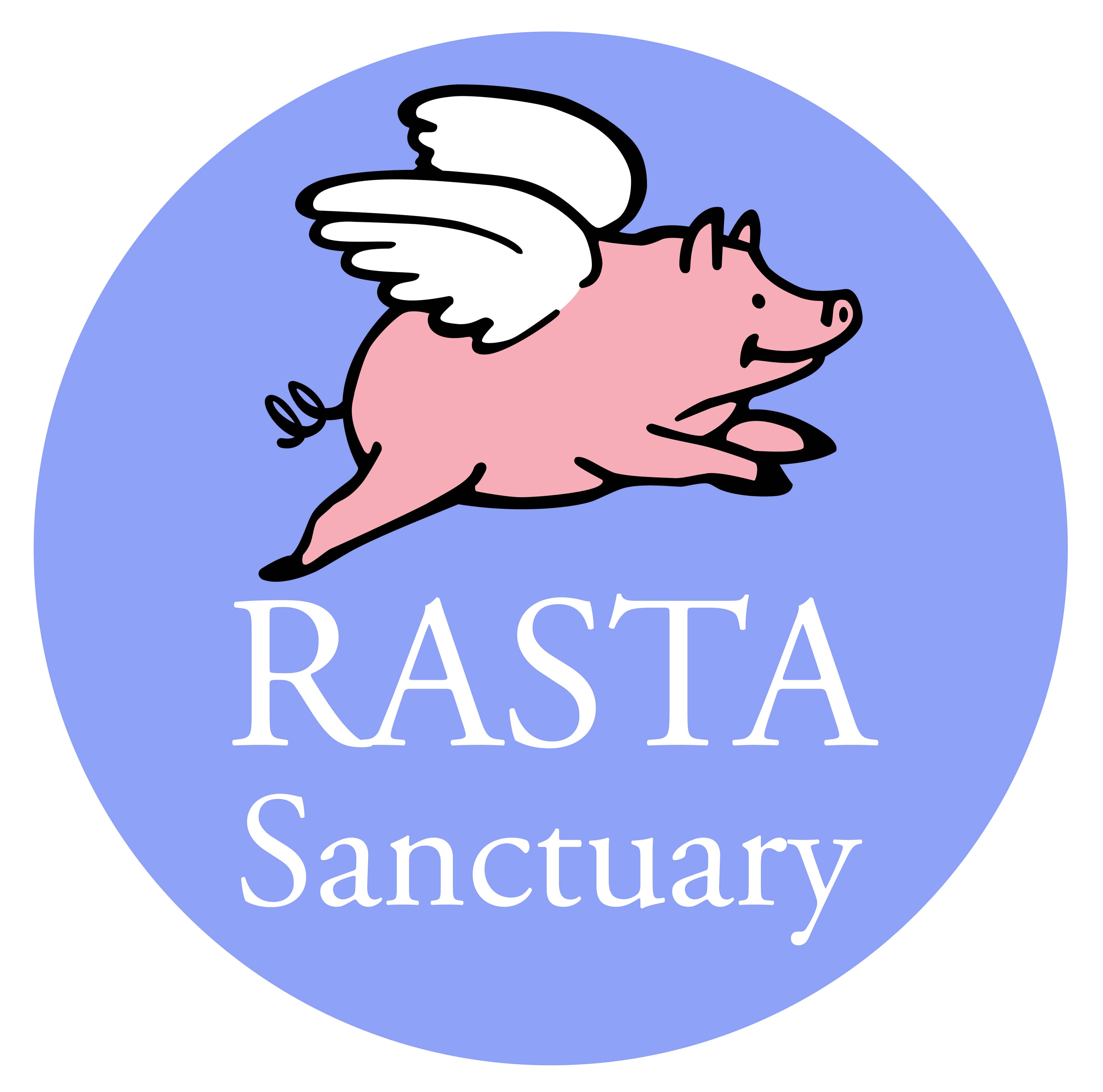 For those who don’t know RASTA’s history, the flying pig has a great deal of meaning to us because in many ways RASTA has been doing the impossible from day one. From our initial start up in Alberta as the first and only Sanctuary for rescued farm animals almost 20 years ago, we pioneered the way for a strong farm Sanctuary movement in what some might refer to as the wild west of Canada.
For those who don’t know RASTA’s history, the flying pig has a great deal of meaning to us because in many ways RASTA has been doing the impossible from day one. From our initial start up in Alberta as the first and only Sanctuary for rescued farm animals almost 20 years ago, we pioneered the way for a strong farm Sanctuary movement in what some might refer to as the wild west of Canada.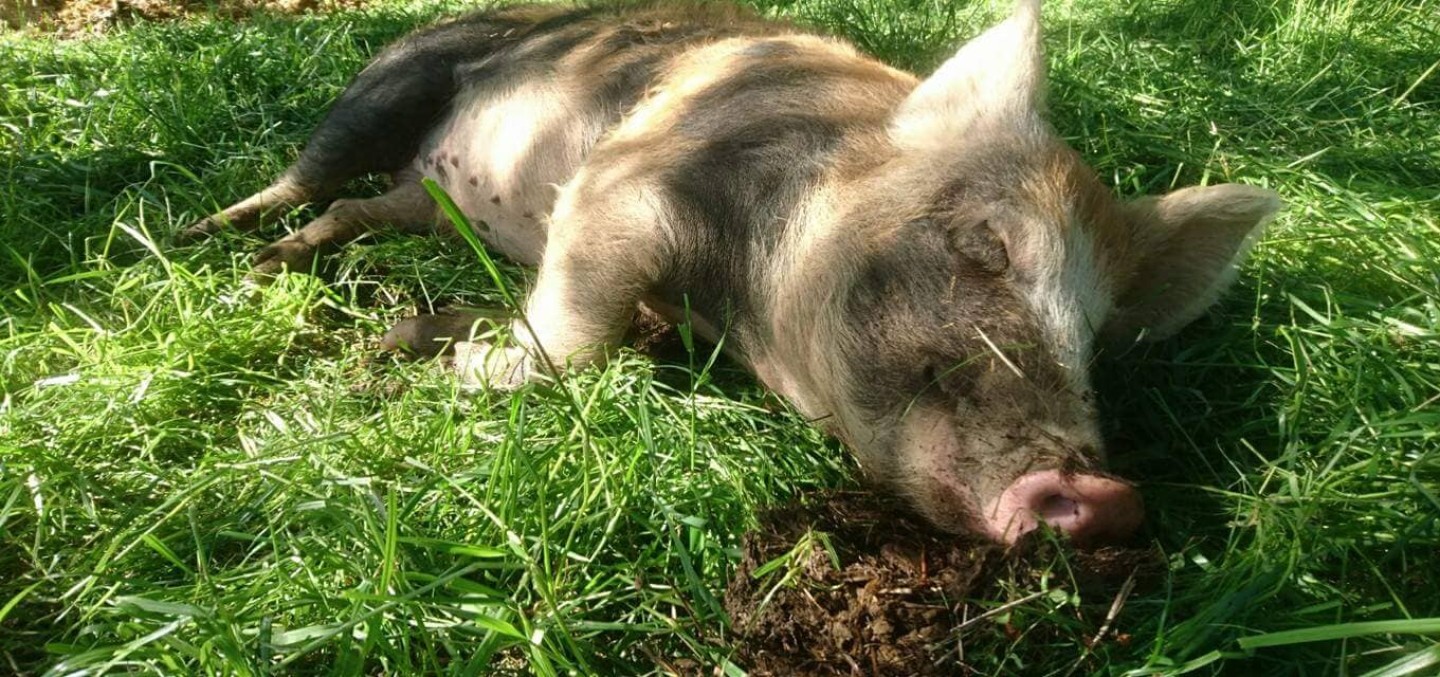
Recent Comments